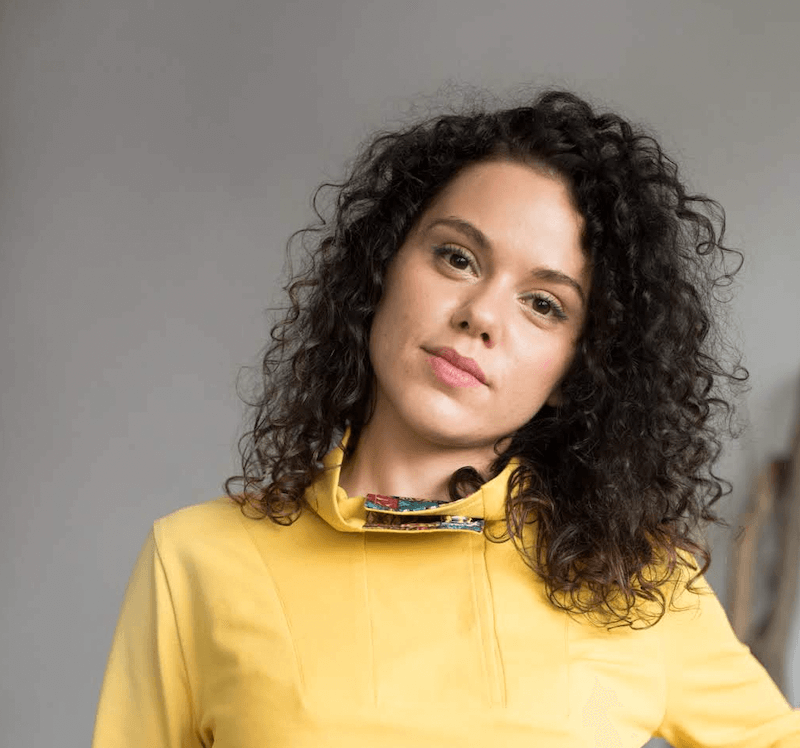UX designing process. How does it start and does it ever have an ending?
Justyna Laskowska
5 min of reading
User experience is more commonly associated with humanities rather than the IT world. It can be due to the highly interdisciplinary nature of this field, or simply because the term “experience design” sounds quite poetic… But let’s not get deceived: as much as UX is related to sociology, psychology or even visual arts, there is no place for a “dreamy” atmosphere, as the process of apps and websites preparation is extremely systemised. So how does the path from the idea to the final implementation of the project look like?
Brief, which is what customer bring to the UX
At the beginning, it is crucial to learn customers' expectations towards the product. What can turn out to be helpful is a brief. It is a certain set of information which is necessary during product creation. Data contained in it is concerned with the main goals of the project and its potential users. Such document also includes information about competition products, budget and ideas related to the project.
If it happens that we do not receive a brief, regardless of that, we should ask about previously mentioned “brief” information. Only when specific expectations towards us and projects are known, it is possible to plan further actions. During this stage, as well as in the process of validating the business sense, it can be beneficial to use the help of product owners who are able to support designers with the business experience. In the end interaction designing is a very complex process in which solid domain knowledge can play an important role.
Information architecture, user flows…
Once we know exactly what the client needs and "know" potential users as well, it's time for the first draft of the project. What will be the placement of certain information on the website and in the app? What processes are going to occur? Regardless of whether we draw these problems on a piece of paper or in a graphic program, it is worth remembering that at this stage, the most important for us are not aesthetic issues, but the mentioned processes.
What will be the content?
It may seem that once we have a simple draft of the product we can move on to the “proper” work, which is graphic development of the project. In reality we should first know what kind of content is going to appear on the website and create the graphic side of the project depending on that knowledge. Otherwise it may turn out that the website or app will simply not fit the text or, on the contrary, there will not be as much text as expected and the page will end up looking empty.
What developers have to say?
It would look like the UX had already finished his tasks, however it is not the case. In order to turn a prototype into a real, working product, a developer is needed. He can point out the necessity to make some changes in the app or need a consultation regarding the project. Such cooperation may last till the final implementation of the product, which means a day it is handed to customers. Are there things that may not work completely or could work better? Well, the rapidly changing trends and expectations of "users" mean that even exceptionally good products need regular "UX" updates...


